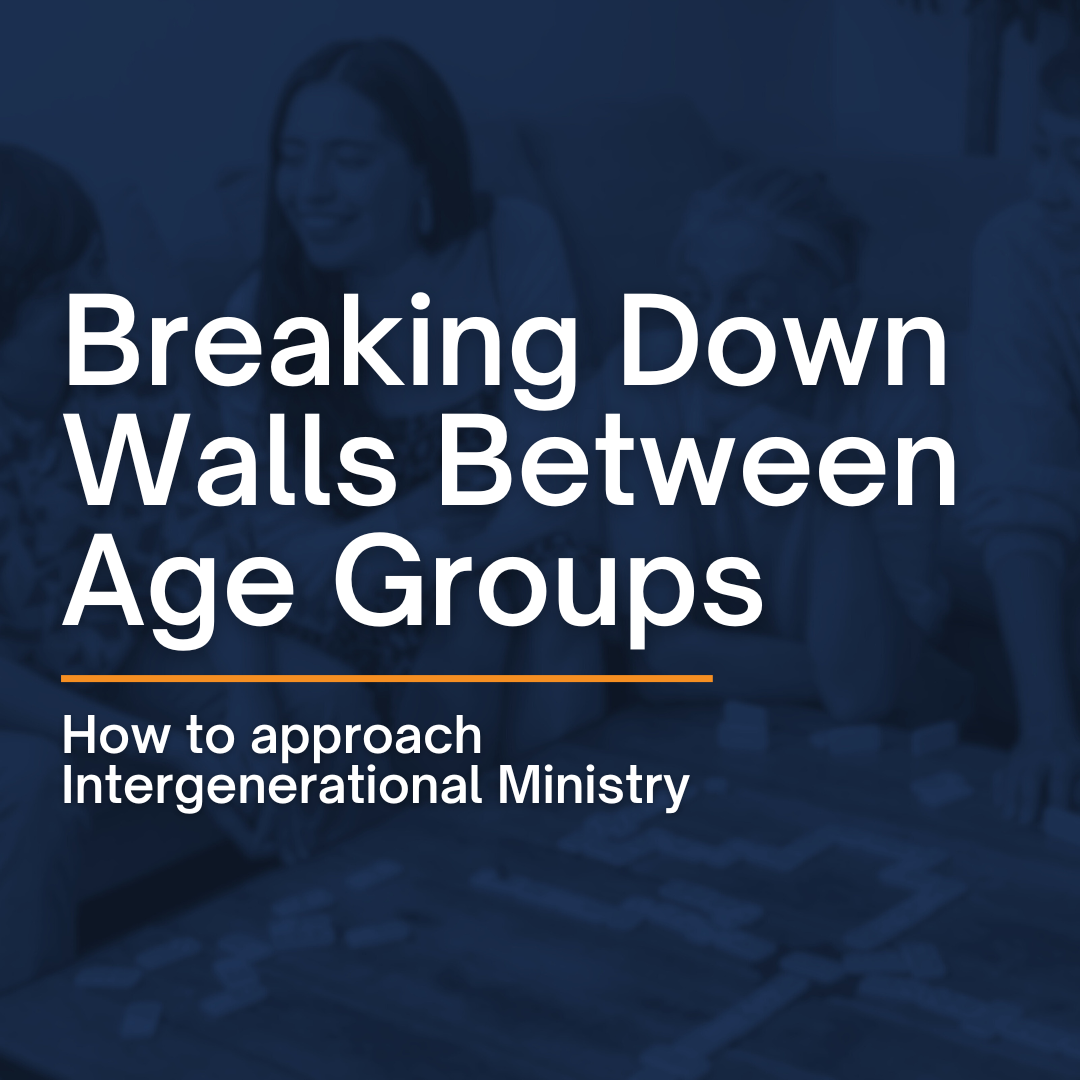
Breaking Down the Walls Between Age Groups
For years, churches have been built on a well-meaning strategy: dividing the community into specific age groups to meet their unique needs. It’s the norm in most churches — separate ministries for children, youth, young adults, seniors. It seemed logical and even beneficial at the time. After all, who better to relate to a teenager than another teenager? And wouldn’t seniors rather be with people who understand their stage of life? But over time, these well-intentioned efforts to focus on particular age groups have built something unintended: age silos.

Community-Based Ministry
As someone who spent over 20 years cultivating an intentional community-based ministry in Guelph at St. Andrew’s PC, I can attest to the meaningful connections forged with community members, organizations, businesses, and local government. This ministry was invigorating, often leaving me in awe at the conversations and activities that made a real difference in our city.
While this approach didn’t always translate to numerical growth in the congregation, it opened doors to incredible ministry opportunities—providing pastoral support to community leaders, being called to the hospital in times of crisis, and offering unexpected financial and prayer support to those in need.
